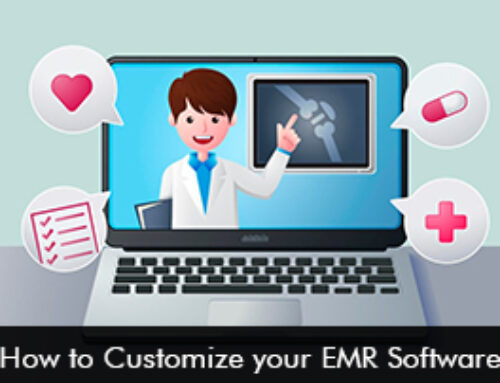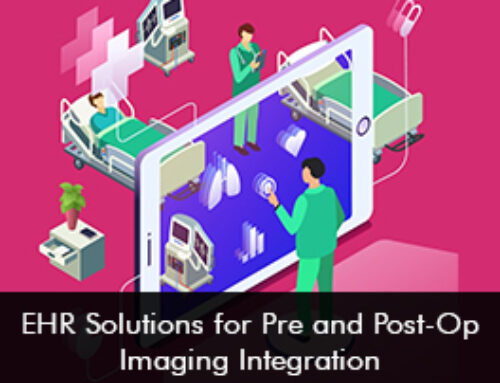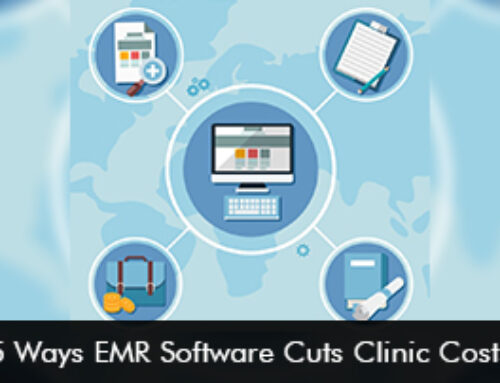The efficacy, productivity, and satisfaction of healthcare practitioners are profoundly impacted by the usability and user experience (UX) of Electronic Medical Records (EMR) and Electronic Health Records (EHR) systems within the rapidly evolving healthcare landscape. The integration and overall success of digital solutions by healthcare organizations, aimed at enhancing patient care and optimizing clinical workflows, underscore the critical importance of the usability and UX of EMR software. This article delves into the paramount importance of user experience and usability in EHR systems, their consequential effects on clinical practice, and strategies to optimize usability to elevate patient outcomes and healthcare provider satisfaction.
Understanding Usability and User Experience:
-
Usability:
- Ease and efficiency of engaging with software to achieve goals.
-
User Experience (UX):
- Overall experience and satisfaction when interacting with a product or service.
- Includes factors such as simplicity of use, efficiency, intuitiveness, and enjoyment.
The Importance of Usability in EMR/EHR Software:
-
Critical Role:
- Influences patient care quality, clinical productivity, and user happiness.
- Essential for accessing patient information, logging interactions, ordering tests, and making clinical decisions.
-
Consequences of Poor Usability:
- Can cause frustration, inefficiency, and errors.
- Compromises patient safety and provider satisfaction.
Key Factors Impacting Usability and UX:
-
User-Friendly Interface:
- Easy navigation, well-labeled buttons, and logical workflows modeled after real-world clinical operations.
- Intuitive design reduces cognitive load, decreases training needs, and increases user adoption and satisfaction.
-
Customization and Personalization:
- Allows healthcare providers to tailor the software to their specific needs and preferences.
- Customizable templates, order sets, and user interfaces enhance efficiency and satisfaction.
-
Efficient Clinical Processes:
- Streamlined workflows reduce paperwork burden, allowing doctors to focus on patient care.
- Optimized processes minimize documentation time, boost productivity, and improve provider satisfaction, promoting better patient outcomes.
-
Seamless Interoperability and Integration:
- Ensures data sharing, continuity of care, and workflow efficiency.
- Compatibility with lab systems, imaging platforms, pharmacy systems, and other healthcare IT solutions for improved care coordination.
Strategies for Optimizing Usability and UX:
-
User-Centered Design:
- Involve end-users like physicians, nurses, and administrative staff in the design and development process.
- Gather feedback, assess usability, and iteratively refine the software based on user input to meet the needs and preferences of intended users.
-
Training and Support:
- Provide comprehensive training and ongoing support to familiarize users with the software’s features, functions, and best practices.
- Offer training sessions, online resources, and peer support networks to empower users and address usability issues.
-
Continuous Improvement:
- Cultivate a culture of continuous improvement by regularly seeking user feedback, monitoring system performance and usability metrics, and proactively addressing identified issues.
- Implement frequent software updates, patches, and enhancements based on user feedback and evolving best practices to maintain usability and effectiveness over time.
-
Essential Factors:
- Usability and user experience are crucial in the design, implementation, and optimization of EMR/EHR software.
-
Benefits:
- Prioritizing usability improves provider satisfaction, clinical workflows, and patient outcomes.







